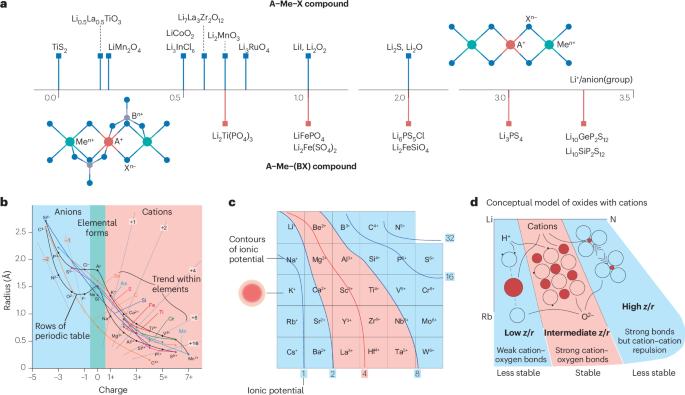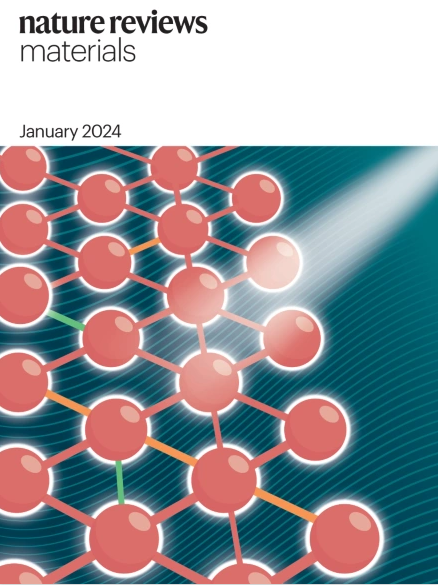Ionic potential for battery materials
IF 86.2
1区 材料科学
Q1 MATERIALS SCIENCE, MULTIDISCIPLINARY
引用次数: 0
Abstract
Developing high-performance rechargeable batteries requires a revolutionary advancement in battery materials, guided by a fundamental understanding of their underlying science and mechanisms. However, this task remains a challenge owing to the complex relationship among composition, structure and property in electrode and electrolyte materials. Ionic potential, a concept derived from geochemistry, has been incorporated into battery materials research since 2020 as a methodology for predicting and optimizing their functional properties. Defined as the ratio of charge number of an ion to its ionic radius, ionic potential serves as a measure of the interaction strength within the structure of a material. In this Perspective, we explore the role of ionic potential in guiding the design of advanced materials for rechargeable batteries. Specifically, we discuss how integrating ionic potential into material design frameworks can capture critical structural interactions, thereby enabling improvements in properties such as ionic conductivity, redox activity and phase transition behaviours. Furthermore, we identify the broader relevance of ionic potential in battery systems, highlighting its potential in advancing fundamental understanding and performance capabilities in battery technology. Advancing high-performance rechargeable batteries requires a deep understanding of the complex relationships among material composition, structure and property. This Perspective highlights the emerging role of ionic potential, defined as the charge-to-radius ratio of an ion, in guiding the design and optimization of battery materials.


电池材料的离子电位
开发高性能的可充电电池需要在电池材料方面取得革命性的进步,并以对其基础科学和机制的基本理解为指导。然而,由于电极和电解质材料的组成、结构和性能之间的复杂关系,这项任务仍然是一个挑战。离子电位是一个源自地球化学的概念,自2020年以来,它已被纳入电池材料研究,作为预测和优化其功能特性的方法。离子势的定义是离子的电荷数与其离子半径之比,是衡量材料结构内相互作用强度的指标。在本研究中,我们探讨了离子电位在指导可充电电池先进材料设计中的作用。具体来说,我们讨论了如何将离子势集成到材料设计框架中,以捕获关键的结构相互作用,从而改善离子电导率、氧化还原活性和相变行为等性能。此外,我们确定离子电位在电池系统中的广泛相关性,强调其在推进电池技术的基本理解和性能能力方面的潜力。
本文章由计算机程序翻译,如有差异,请以英文原文为准。
求助全文
约1分钟内获得全文
求助全文
来源期刊

Nature Reviews Materials
Materials Science-Biomaterials
CiteScore
119.40
自引率
0.40%
发文量
107
期刊介绍:
Nature Reviews Materials is an online-only journal that is published weekly. It covers a wide range of scientific disciplines within materials science. The journal includes Reviews, Perspectives, and Comments.
Nature Reviews Materials focuses on various aspects of materials science, including the making, measuring, modelling, and manufacturing of materials. It examines the entire process of materials science, from laboratory discovery to the development of functional devices.
 求助内容:
求助内容: 应助结果提醒方式:
应助结果提醒方式:


